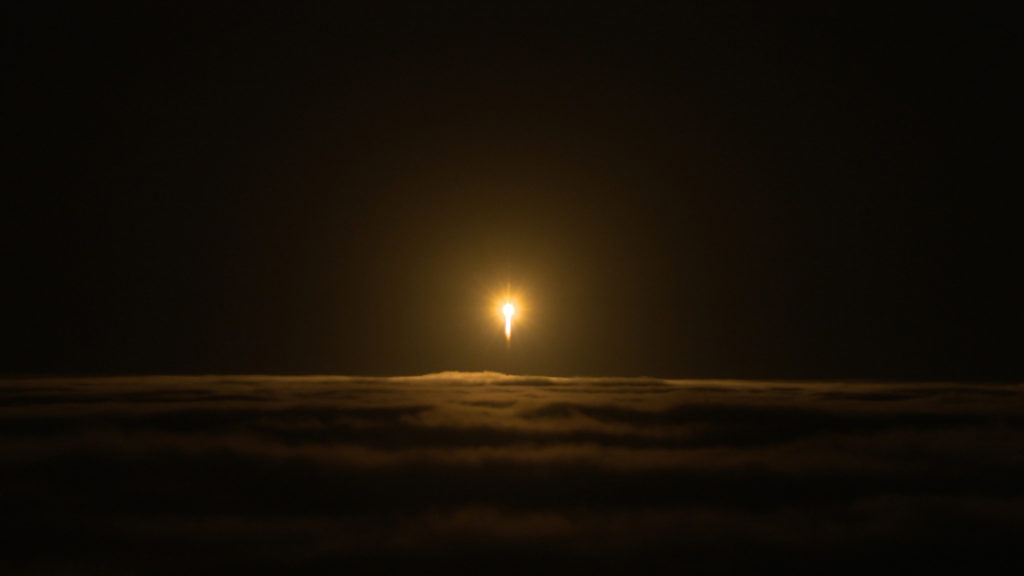-
NASA’s InSight Spacecraft on Its Way to Mars
May 07, 2018 / Written by: NASA
A United Launch Alliance Atlas V rocket lifts off from Space Launch Complex-3 at Vandenberg Air Force Base, California, carrying NASA's Interior Exploration using Seismic Investigations, Geodesy and Heat Transport (InSight) Mars lander. Liftoff was at 4:05 a.m. PDT (7:05 a.m. EDT). Photo Credit: NASA/Cory HustonNASA’s Interior Exploration using Seismic Investigations, Geodesy and Heat Transport (InSight) spacecraft is on its way to Mars. InSight launched on a United Launch Alliance (ULA) Atlas V 401 rocket at 4:05 a.m. PDT (7:05 a.m. EDT), May 5, from Space Launch Complex-3 at Vandenberg Air Force Base in California.
InSight is the first interplanetary mission to launch from the West Coast, and will be the first mission to look deep beneath the Martin surface. It will study the planet’s interior by measuring its heat output and listening for marsquakes. InSight will use the seismic waves generated by marsquakes to develop a map of the planet’s deep interior. The resulting insight into Mars’ formation will provide a better understanding of how other rocky planets, including Earth were created.
The full press release, as well as up to date information, is available at the NASA Insight Mission website.
Source: [NASA]
- The NASA Astrobiology Institute Concludes Its 20-year Tenure
- Global Geomorphologic Map of Titan
- Molecular Cousins Discovered on Titan
- Interdisciplinary Consortia for Astrobiology Research (ICAR)
- The NASA Astrobiology Science Forum Talks Now on YouTube
- The NASA Astrobiology Science Forum: The Origin, Evolution, Distribution and Future of Astrobiology
- Alternative Earths
- Drilling for Rock-Powered Life
- Imagining a Living Universe
- Workshops Without Walls: Astrovirology